Unveiling the Alluring Mystery of the Black Hills feat. 5 Surprising Facts
– By #The National Presidential Wax Museum
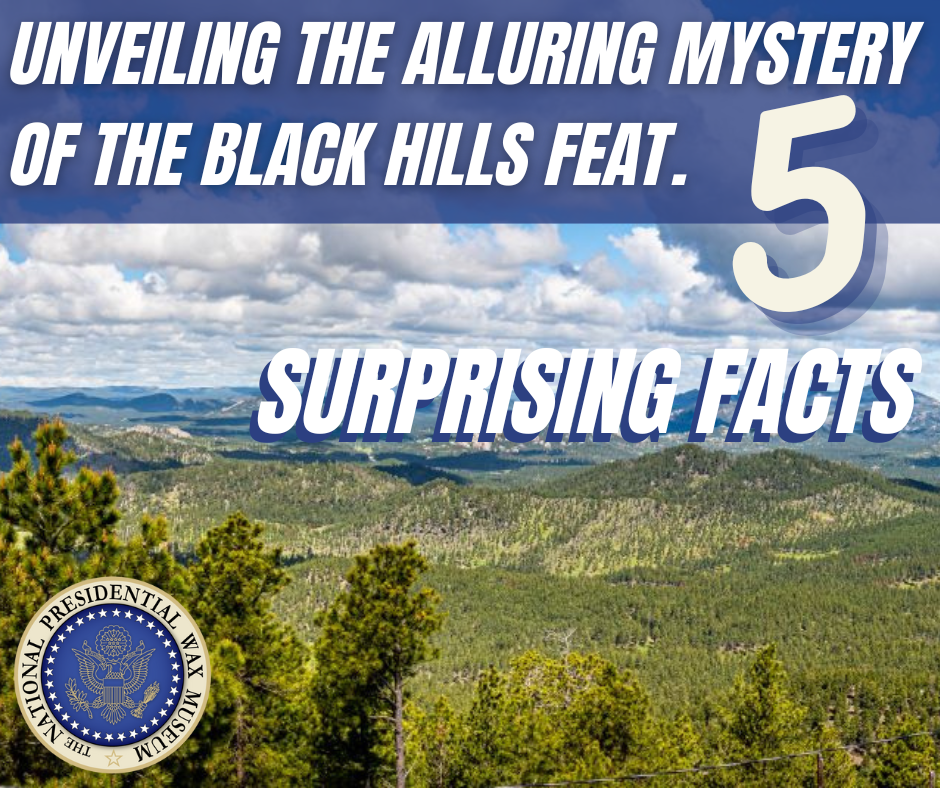
The Black Hills of South Dakota represent the heart of the American Midwest and stand to this day as a testament to nature’s awe-inspiring beauty and rich cultural heritage. While renowned for iconic landmarks like Mount Rushmore and Custer State Park, the region holds a wealth of lesser-known surprises waiting to be discovered. Join us as we unveil five surprising facts about the Black Hills that may just inspire your next adventure.
A Geological Gem
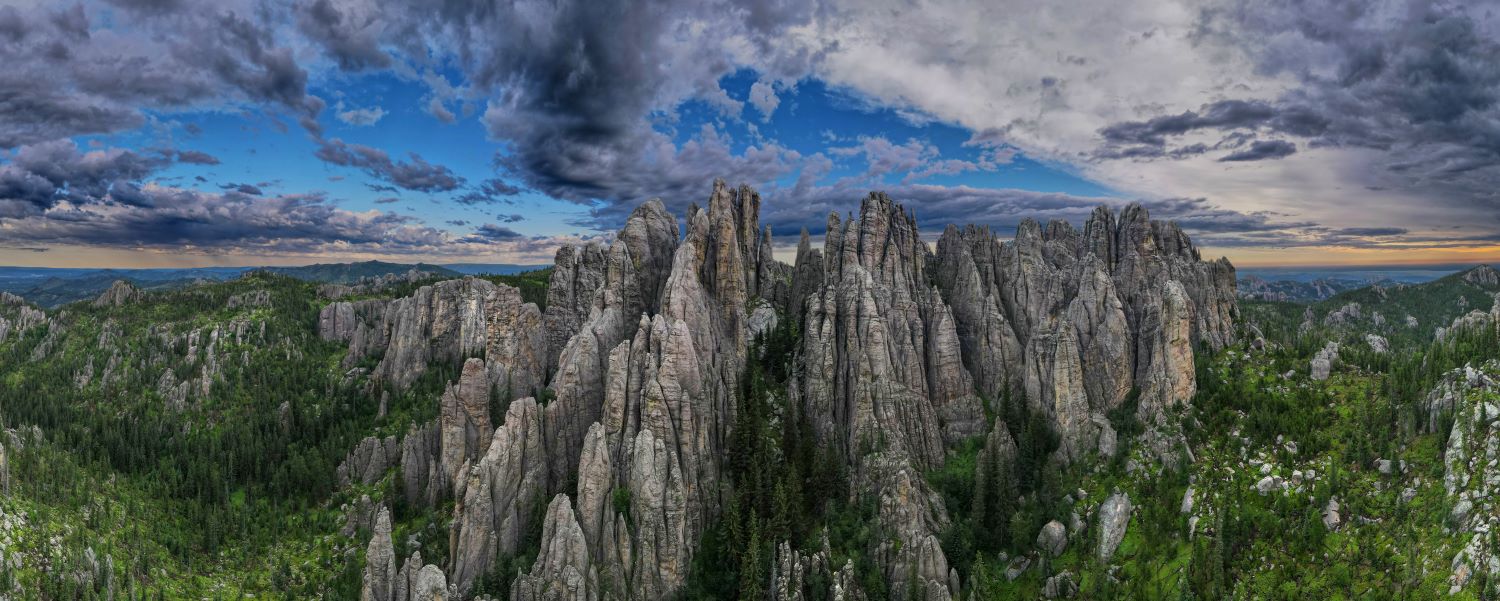
The Black Hills are not only breathtakingly scenic but also geologically fascinating. Despite their name, these hills are not actually composed of coal, obsidian, or black rock but are predominantly made of granite and other igneous rocks. What’s more astonishing is that the granite formations found here are estimated to be over 1.8 billion years old, making them some of the oldest in North America. This geological heritage has earned the Black Hills the nickname “Island in the Plains,” as they stand out dramatically against the surrounding prairie landscape.
Reaching New Heights
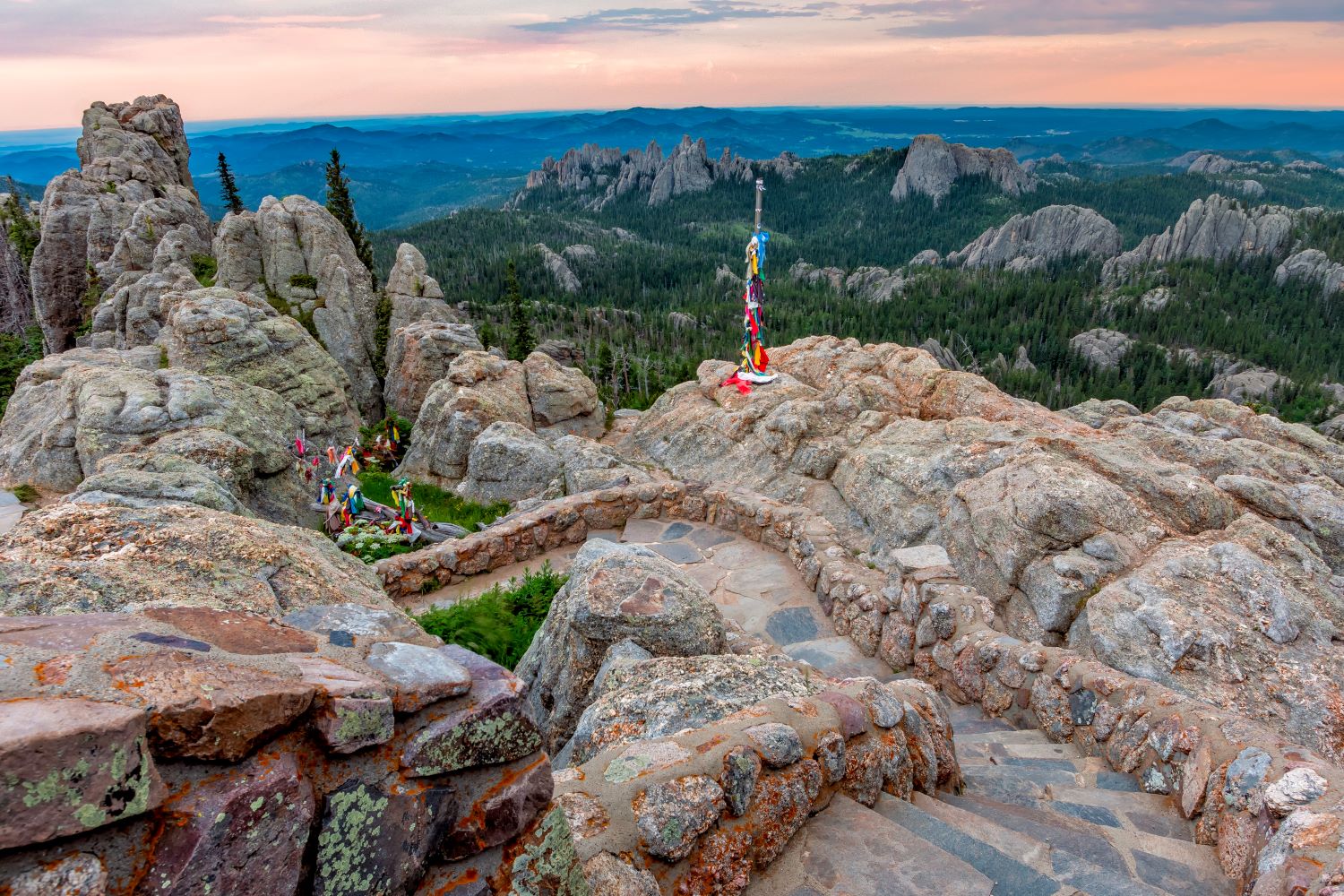
At one point in time, it is estimated that the Black Hills reached an elevation of over 15,000 feet, but the 65 million years of erosion has created the hills we see today. However, there is one peak that continues to reach the heavens. Black Elk Peak stands at 7,244’ in elevation and is marked as the highest point in America east of the Rockies. Tourists are welcome to hike Black Elk Peak and are encouraged to as this popular geographic spot is well-known for its scenic views and wildlife including mountain goats.
Hidden Underground World
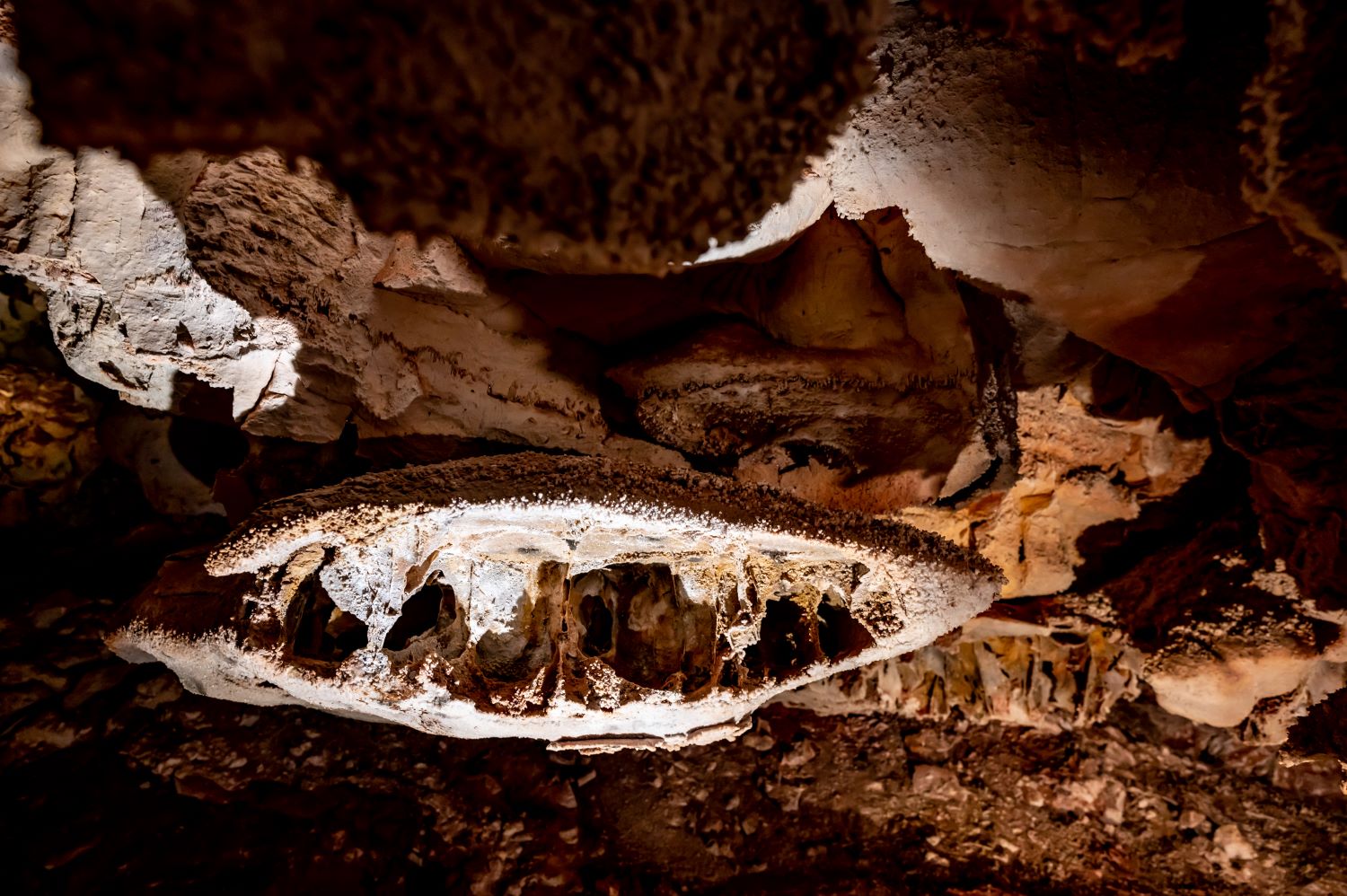
Beneath the surface of the Black Hills lies a labyrinth of caves and caverns waiting to be explored. Wind Cave National Park, located just south of the Black Hills, is home to one of the world’s longest and most complex cave systems. Named for tis distinctive natural wind currents, Wind Cave boasts intricate calcite formations known as boxwork and frostwork, creating an otherworldly underground landscape. In fact, approximately 95% of the known boxwork formations in the world can be found in Wind Cave. Visitors can embark on guided tours to delve into this hidden world and marvel at its subterranean wonders.
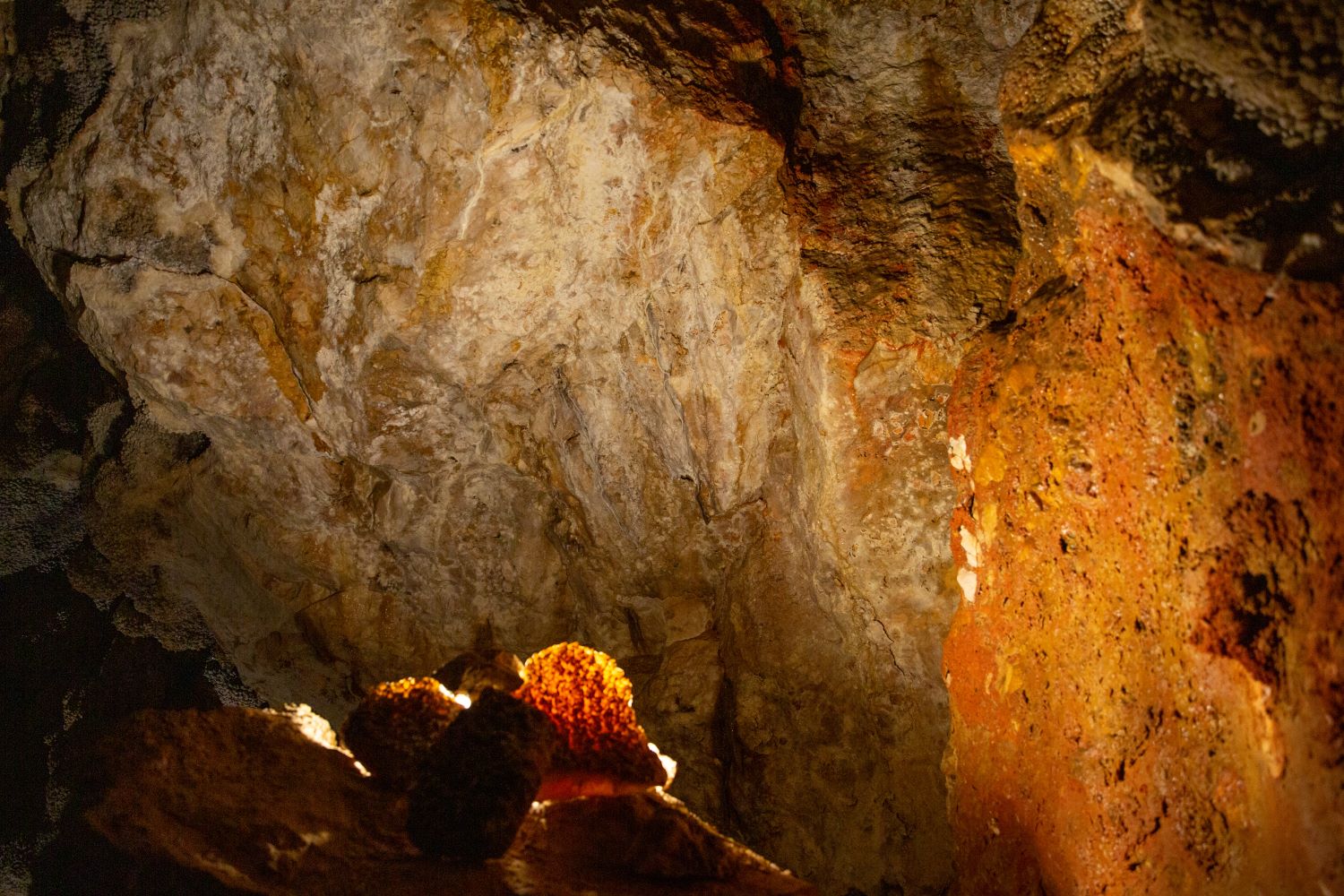
Over 100 caves can be found in the limestone encompassing the Black Hills. In addition to the monolith that is Wind Cave, Jewel Cave National Monument is the third-longest cave system on the planet. Although 200 miles of this massive cavern has been discovered, airflow studies indicate that 95% of Jewel Cave is still unexplored.
Paha Sapa - Sacred Land
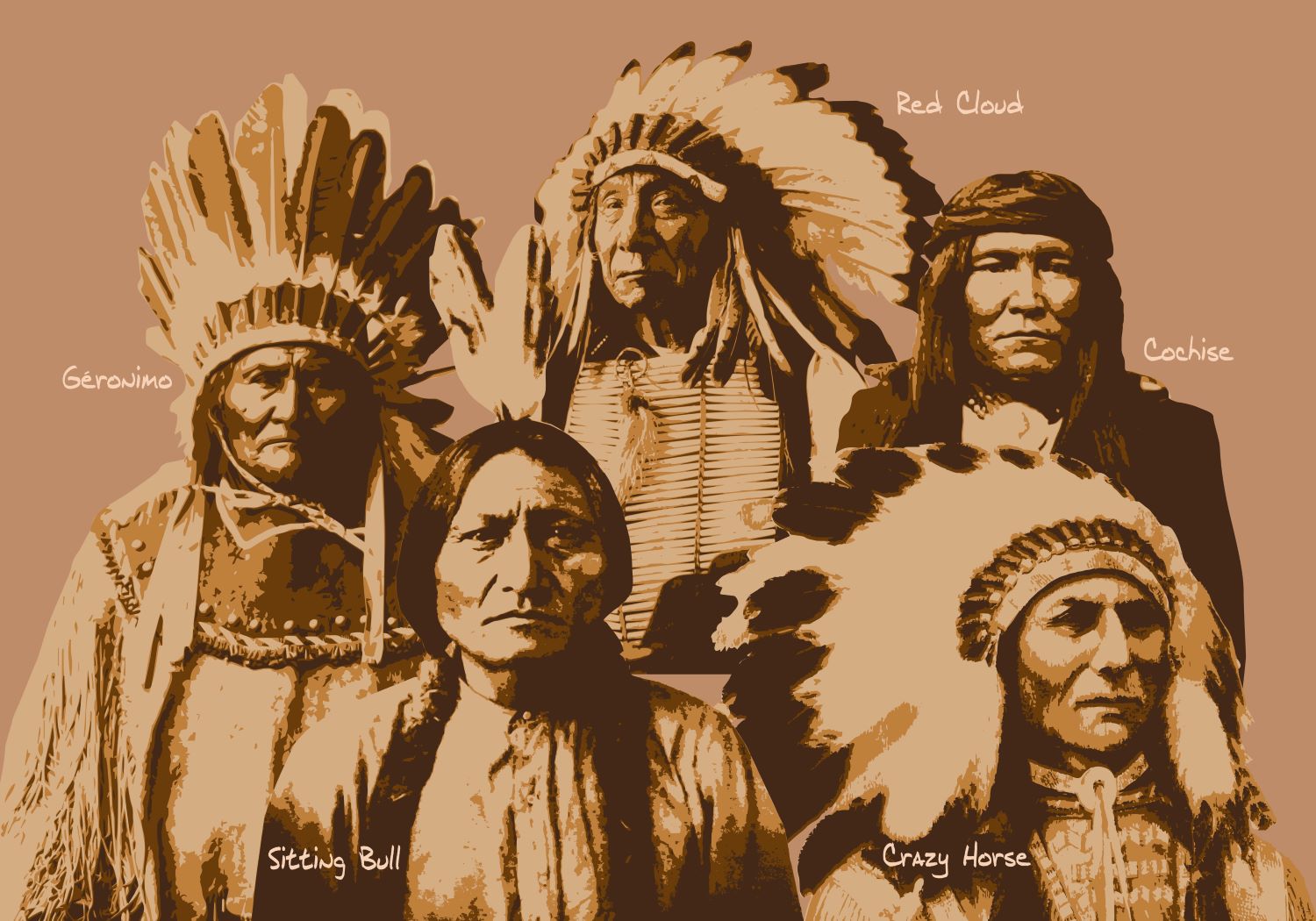
Long before European settlers arrived, the Black Hills held profound significance for Native American tribes, particularly the Lakota Sioux. Referred to as Paha Sapa, meaning “hills that are black,” these mountains were revered as a sacred sanctuary and the center of the Lakota universe. To this day, the Black Hills remain an integral part of Lakota culture and are the site of important ceremonies, including the annual Sundance gathering. Despite the area’s history of colonization and land disputes, the Black Hills continue to be a symbol of resilience and cultural identity for indigenous peoples.
A Strong Prehistoric Presence
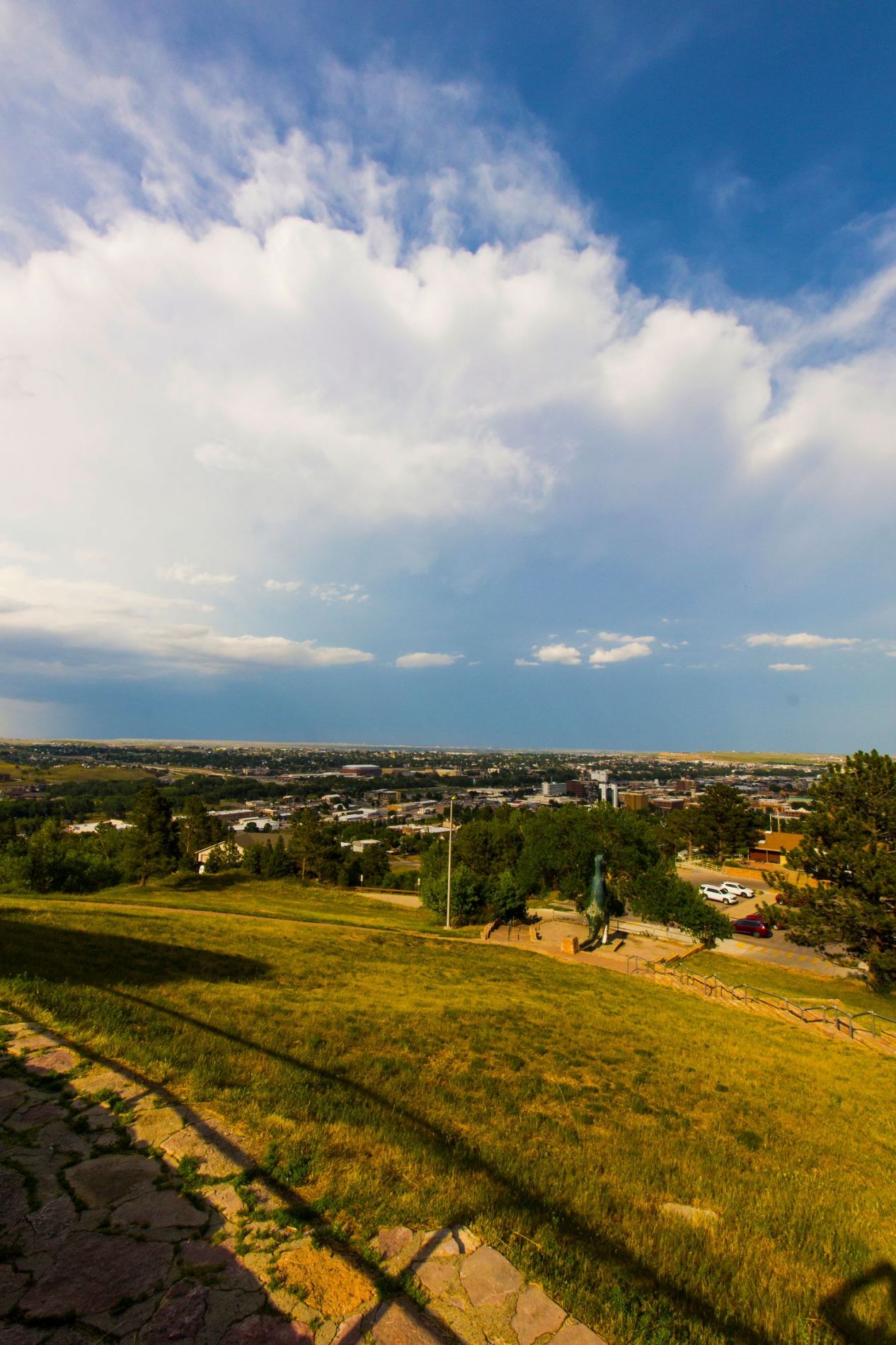
The Black Hills are home to the most dinosaur fossils in the state and can be studied and seen at sites such as the Journey Museum, the Mammoth Site, the Museum of Geology, and the Badlands. Plus, in the spirit of the impressive collection of fossils in the region, a shrine of cemented dino-shaped statues stands proudly atop the Skyline Drive hill in Rapid City, SD called Dinosaur Park.
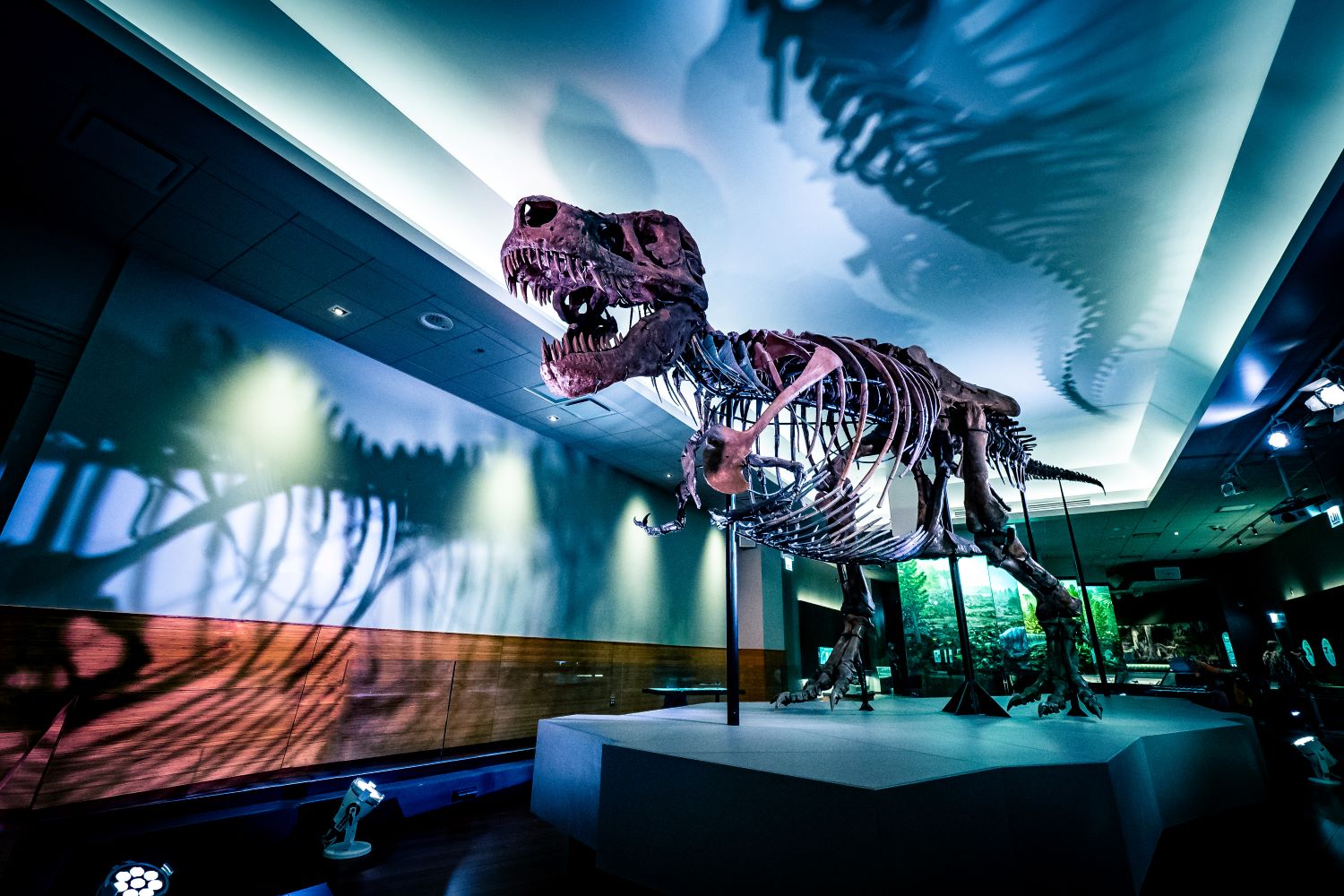
Scientists discovered “Sue” the T. rex, which was discovered near Faith, South Dakota. This discovery was the largest and most complete Tyrannosaurus rex excavated to date.
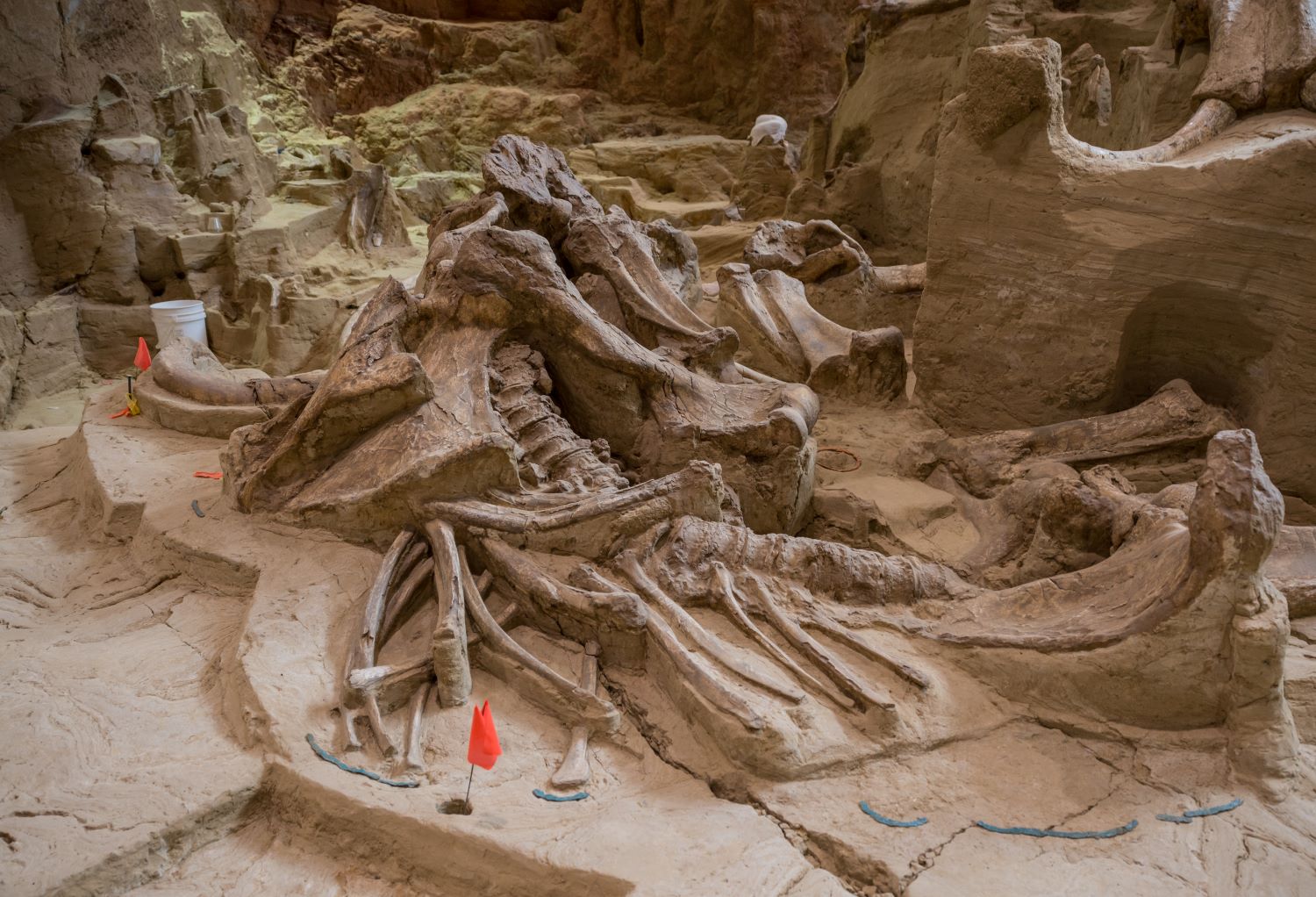
Tour a 26,000-year-old sink hole that is now an active paleontological dig site, containing the world’s largest concentration of mammoth remains at The Mammoth Site located right outside Hot Springs, South Dakota.
- Total fossils recorded in PBDB: 198
- Genus with the most fossils: Triceratops (18 fossils)
- Time period with the most fossils: Maastrichtian (133 fossils)
The Heart of the Midwest Welcomes You
The Black Hills of South Dakota are a treasure trove of surprises, from their ancient geological formations and cultural significance to their hidden underground realms and prehistoric past. Whether you’re seeking adventure, spiritual enlightenment, educational experiences, or simply a deeper connection with nature, the Black Hills offer an unforgettable journey into the heart of the American Midwest.
Last Modified:
